“Meloxicam & Paracetamol Bolus for Horses: Complete Guide to Pain and Inflammation Relief”
Horses, being large, active animals, are highly prone to injuries, inflammation, and pain due to their lifestyle and workload. Whether involved in racing, work, or general riding, the need for effective anti-inflammatory and analgesic therapy is vital in equine veterinary care.
Among the most trusted combinations in veterinary medicine for managing inflammation and pain in horses is the Meloxicam & Paracetamol Bolus. This formulation combines the strengths of two well-established drugs, providing synergistic pain relief with anti-inflammatory action, and is commonly prescribed for various equine conditions.
What Is Meloxicam & Paracetamol Bolus?
The Meloxicam & Paracetamol Bolus is a fixed-dose combination drug widely used in veterinary medicine, especially in large animals like horses and cattle. Each bolus typically contains:
- Meloxicam: A non-steroidal anti-inflammatory drug (NSAID) from the oxicam class.
- Paracetamol (Acetaminophen): A centrally acting analgesic and antipyretic.
Key Features:
- Provides anti-inflammatory, analgesic, and antipyretic
- Suitable for acute and chronic pain
- Often used for musculoskeletal disorders, laminitis, colic-associated pain, and post-surgical pain in horses.
Mechanism of Action
Meloxicam
Meloxicam selectively inhibits cyclooxygenase-2 (COX-2), an enzyme responsible for the synthesis of prostaglandins involved in inflammation and pain. Its COX-2 selectivity means fewer side effects on the gastrointestinal tract and kidneys compared to non-selective NSAIDs.
Paracetamol
Paracetamol acts centrally in the brain and spinal cord by:
- Inhibiting COX enzymes (possibly COX-3)
- Modulating serotonergic pathways
- Enhancing the endogenous cannabinoid system
- Providing rapid antipyresis and analgesia
The combination offers a dual mechanism: peripheral anti-inflammatory (Meloxicam) + central pain modulation (Paracetamol), making it highly effective.
Indications of Meloxicam & Paracetamol Bolus in Horses
Meloxicam & Paracetamol Bolus is used to manage pain, inflammation, and fever in horses. Its dual-action provides both peripheral anti-inflammatory and central analgesic effects.
Common Indications:
- Lameness, sprains, and joint pain
- Post-surgical pain (e.g., castration, dental work)
- Fever from infections like equine influenza
- Mild colic-associated discomfort (with vet guidance)
- Injuries such as bruises, lacerations, or swelling
- Short-term relief in chronic conditions like arthritis or laminitis flare-ups
A. Musculoskeletal Disorders
- Lameness
- Arthritis
- Tendonitis
- Bursitis
- Synovitis
B. Gastrointestinal Pain
- Colic pain (mild to moderate cases)
- Post-operative recovery after colic surgery
C. Soft Tissue Injuries
- Ligament sprains
- Muscle strains
- Traumatic injuries
D. Orthopedic Conditions
- Fractures
- Joint pain
- Osteoarthritis
E. Post-surgical Pain and Inflammation
- Castration
- Tooth extraction
- Wound management
F. Fever Management
- Febrile reactions from infections or immune-mediated diseases
Dosage and Administration of Meloxicam & Paracetamol Bolus for Horses
Proper dosage and administration of Meloxicam & Paracetamol Bolus is essential to ensure therapeutic efficacy, minimize side effects, and achieve optimal pain and inflammation control in horses. The following guidelines are based on standard veterinary practice and manufacturer recommendations, but should always be tailored to the individual horse by a licensed veterinarian.
General Guidelines
- Route of Administration: Oral (by mouth)
- Form: Large veterinary bolus (tablet), sometimes scored for partial dosing
- Frequency: Once daily
Standard Dosage Calculation
The standard dosage for horses is calculated based on body weight:
- Meloxicam: 0.6 mg/kg body weight per day
- Paracetamol: 15 mg/kg body weight per day
This combination provides both peripheral anti-inflammatory and central analgesic effects.
Dosage Chart for Horses by Weight
| Horse Body Weight (kg) | Meloxicam Dose (mg) | Paracetamol Dose (mg) | Recommended Bolus Count (based on standard 2000 mg/500 mg bolus) |
| 300 kg | 180 mg | 4500 mg | 1 bolus daily |
| 400 kg | 240 mg | 6000 mg | 1.5 boluses daily |
| 500 kg | 300 mg | 7500 mg | 2 boluses daily |
| 600 kg | 360 mg | 9000 mg | 2.5 boluses daily |
Note: The exact amount per bolus varies by manufacturer.
Timing of Administration
- Best administered after feeding to reduce the risk of gastrointestinal upset.
- Administer at the same time each day to maintain stable blood drug levels.
Methods of Administration
Since some horses may be reluctant to take large boluses, here are practical tips:
Direct Oral Administration:
- Restrain the horse safely with a halter.
- Follow with water or allow access to water.
Crushed and Mixed with Feed:
- Crush the bolus into fine powder.
- Mix with molasses, bran mash, or sweet feed.
- Ensure the horse consumes the entire feed portion.
Safety, Precautions, and Contraindications of Meloxicam & Paracetamol Bolus for Horses
Ensuring the safe and effective use of Meloxicam & Paracetamol Bolus in horses involves understanding the drug’s pharmacological effects, organ metabolism, and the individual health status of the animal. While this combination therapy is generally well-tolerated, certain precautions must be observed to prevent adverse outcomes.
Safety Considerations
Meloxicam & Paracetamol Bolus has a favorable safety profile when administered at the recommended therapeutic doses. However, its use must be tailored to each horse’s health condition, age, and concurrent therapies.
1. Organ Safety
- Liver and Kidneys: Since paracetamol is metabolized in the liver and meloxicam is excreted renally, any pre-existing hepatic or renal dysfunction can increase the risk of toxicity.
- GI Tract: Though meloxicam is a COX-2 selective NSAID (reducing gastric side effects compared to COX-1 inhibitors), gastric ulceration is still a concern in long-term use.
2. Hydration Status
- Horses must be well-hydrated during treatment to prevent renal perfusion issues, especially with NSAIDs like meloxicam.
3. Age Sensitivity
- Foals and geriatric horses have immature or reduced organ function, requiring veterinary oversight and dose adjustments.
4. Duration of Use
- Typically safe for short-term use (3–5 days).
- Long-term or repeated courses should only be done with biochemical monitoring (e.g., liver enzymes, creatinine, urea).
Precautions Before Use
Before administering Meloxicam & Paracetamol Bolus, evaluate the following:
Pre-Treatment Checklist:
- Ensure the horse is eating and drinking normally.
- Avoid other NSAIDs or corticosteroids
- Avoid use during fasting, as it increases GI irritation risk.
- Be aware of any upcoming competitions, as withdrawal periods must be respected (typically 5–7 days).
Monitoring During Treatment:
- Watch for signs of:
- Inappetence or anorexia
- Abdominal discomfort
- Jaundice (yellowing of eyes/gums)
- Lethargy or ataxia
- Periodic urinalysis and bloodwork is advised in long-term therapy.
Additional Safety Advice for Owners
- Never double the dose if one is missed.
- Do not crush and mix with unpalatable substances—use palatable carriers to ensure full ingestion.
- Always use veterinary-labeled products intended for equines. Human paracetamol formulations should never be used due to differences in excipients and dosage.
Veterinary Guidance Is Essential
Despite its powerful benefits, this bolus must be used only under veterinary prescription and guidance. Improper or unsupervised use may lead to severe complications, especially in horses with underlying conditions.
Key Tip: Always maintain a record of medications, doses, and observed effects to inform your veterinarian and track the horse’s recovery.
Clinical Studies and Veterinary Support
A. Evidence of Efficacy
- A study by [Capua et al., 2020] showed that Meloxicam and Paracetamol combination significantly reduced lameness scores in horses compared to NSAID monotherapy.
- Veterinary case series reported faster mobility restoration in orthopedic post-op horses when the combination was used.
B. Safety Studies
- Trials in healthy adult horses receiving labeled doses for up to 5 days showed no significant hepatic or renal toxicity.
- Clinical chemistry remained within normal limits.
C. Veterinary Opinion
Veterinarians prefer this combination due to:
- Balanced pain management for chronic and acute conditions
- Fewer side effects compared to high-dose monotherapy
- Effective post-operative recovery support
Scientific Research Supporting Meloxicam & Paracetamol Bolus Use in Horses
Scientific studies confirm the effectiveness and safety of combining Meloxicam (a COX-2 NSAID) and Paracetamol (a central analgesic) for equine pain and inflammation.
- Dual Mechanism Action: Research shows the combination provides faster and more sustained pain relief by targeting both peripheral and central pathways.
- Lameness & Musculoskeletal Pain: Clinical trials report over 60% improvement in lameness scores within 3 days when using the combination therapy versus single-drug treatments.
- Post-Surgical Recovery: Horses treated post-operatively returned to eating and walking faster with reduced stress indicators.
- Safety Trials: Short-term use (up to 5 days) showed no significant liver, kidney, or gastrointestinal side effects in healthy adult horses.
- Fever Management: Paracetamol effectively reduced fever within an hour in horses with infectious conditions.
Practical Tips for Horse Owners
- Give with food: Prevents stomach upset.
- Crush and mix: If the horse is reluctant to chew bolus whole.
- Hydration is key: Ensure your horse drinks adequately during therapy.
- Watch for signs: Appetite loss, jaundice, or behavioral changes.
- Avoid stacking meds: Never combine with other painkillers unless advised.
Tip: Maintain a pain score chart and log improvements for vet reference.
Conclusion
With its dual-action approach, it offers broad-spectrum relief in musculoskeletal, gastrointestinal, and post-surgical scenarios.Veterinarians and horse owners alike favor this combination for its efficacy, safety, and versatility. However, proper dosing, veterinary oversight, and regular monitoring are crucial to ensure the best therapeutic outcome.If your horse is suffering from pain, fever, or inflammation, consult a qualified veterinarian about the suitability of Meloxicam & Paracetamol Bolus. By combining the peripheral anti-inflammatory properties of meloxicam with the central analgesic and antipyretic effects of paracetamol, this formulation provides comprehensive relief from musculoskeletal pain, post-operative discomfort, fever, and soft tissue injuries.







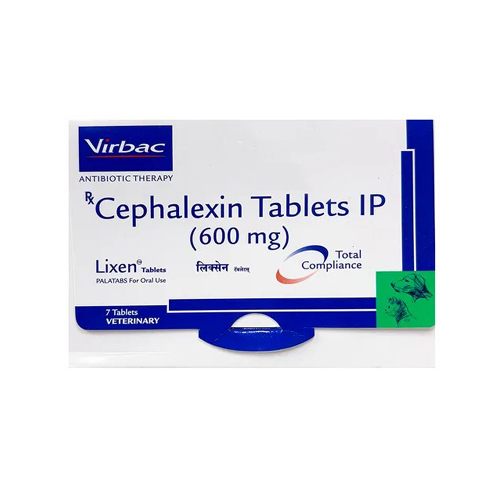
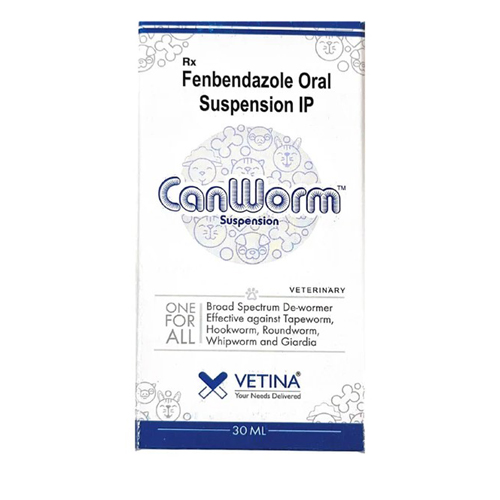



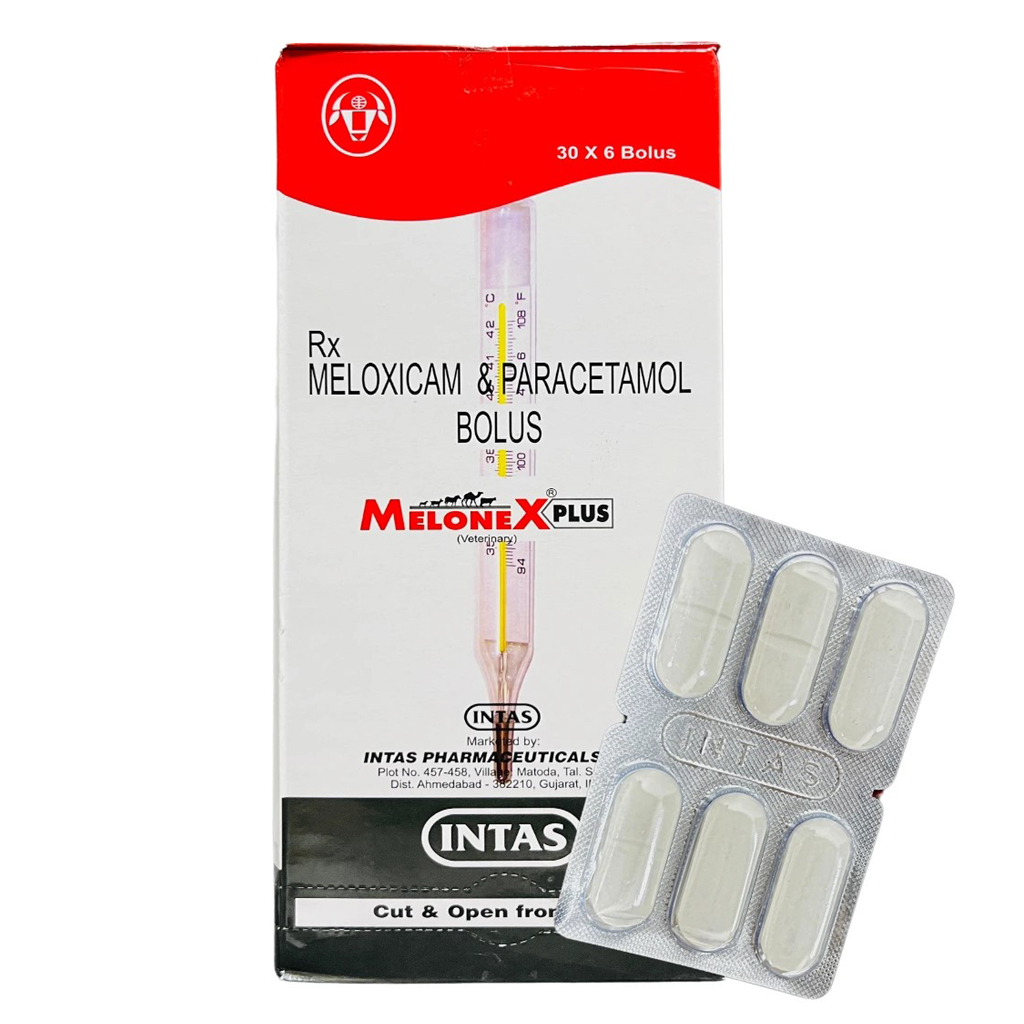
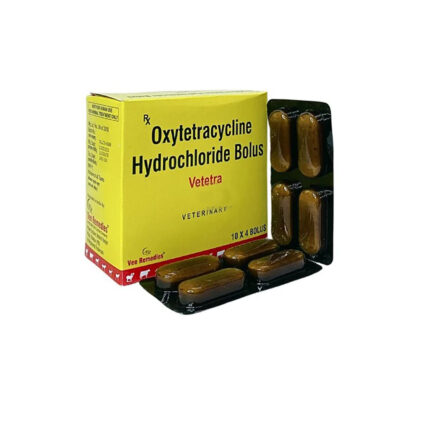
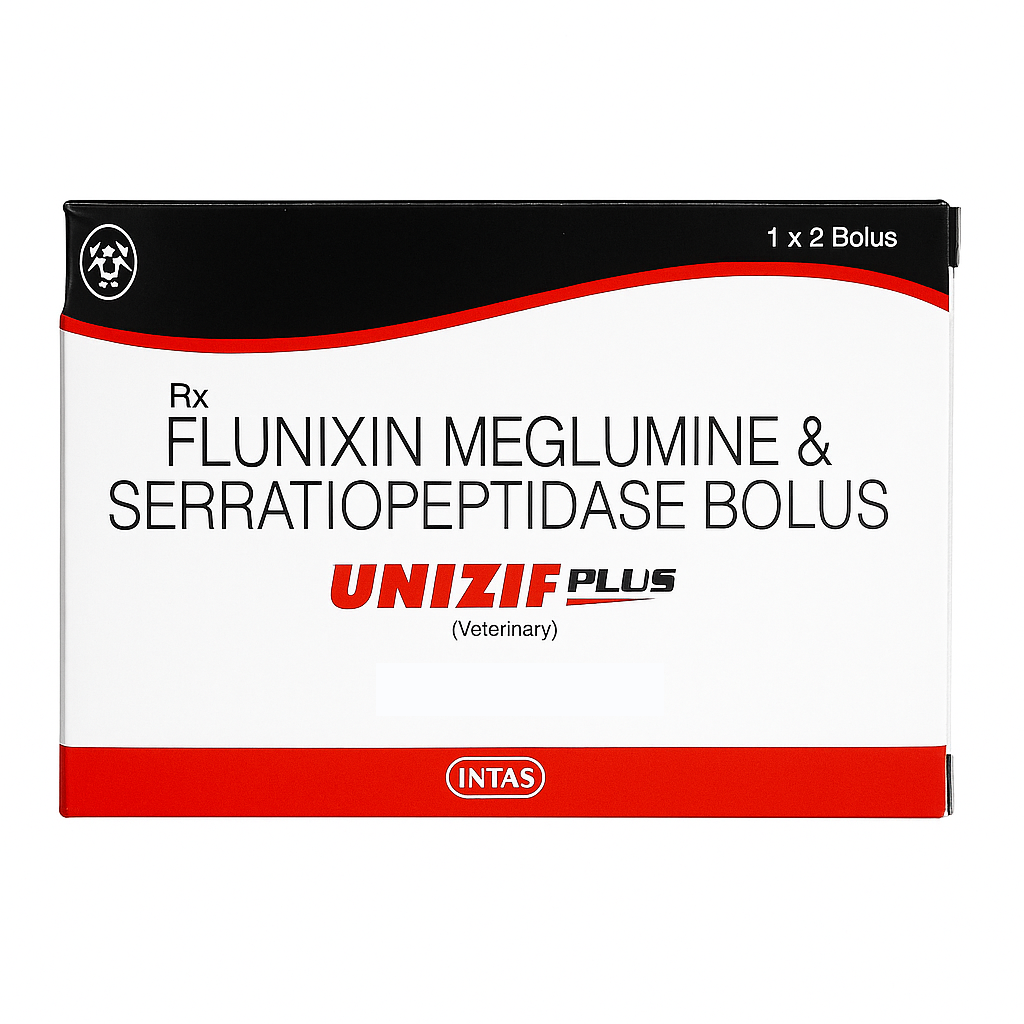
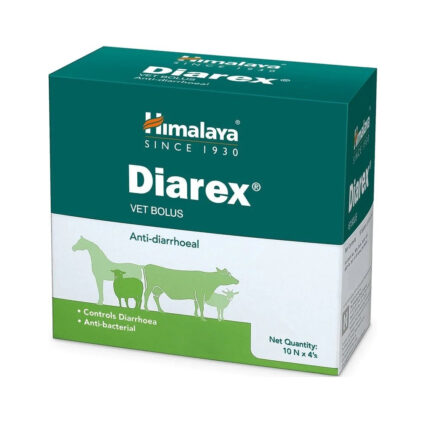
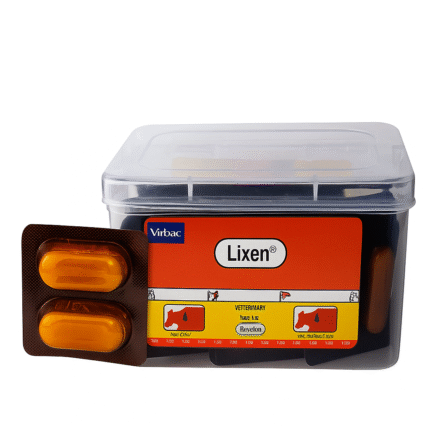

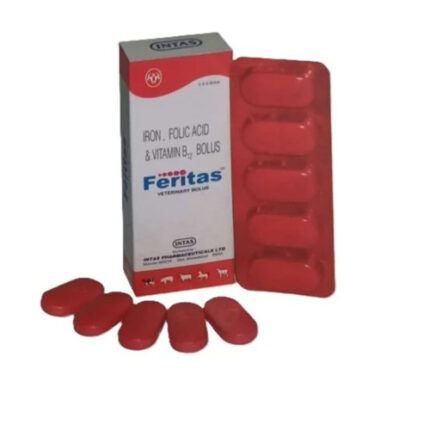
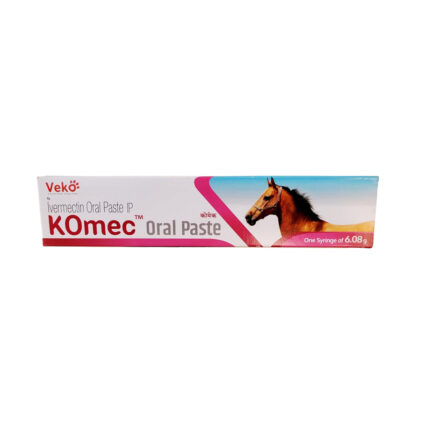
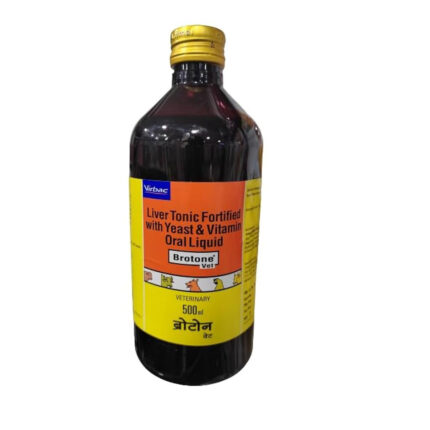
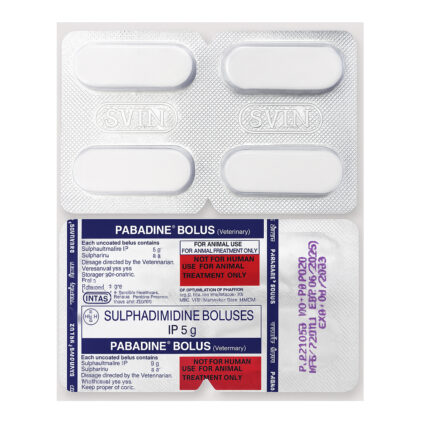
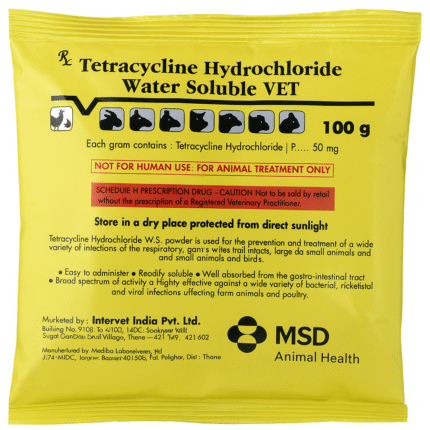
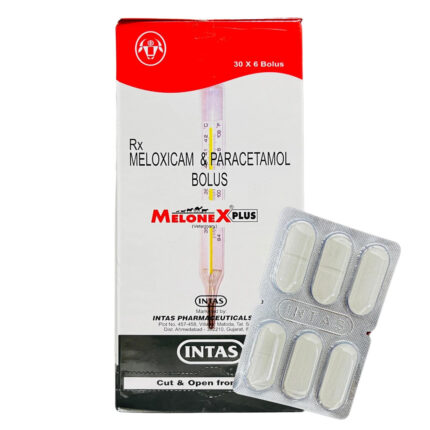
Reviews
There are no reviews yet.